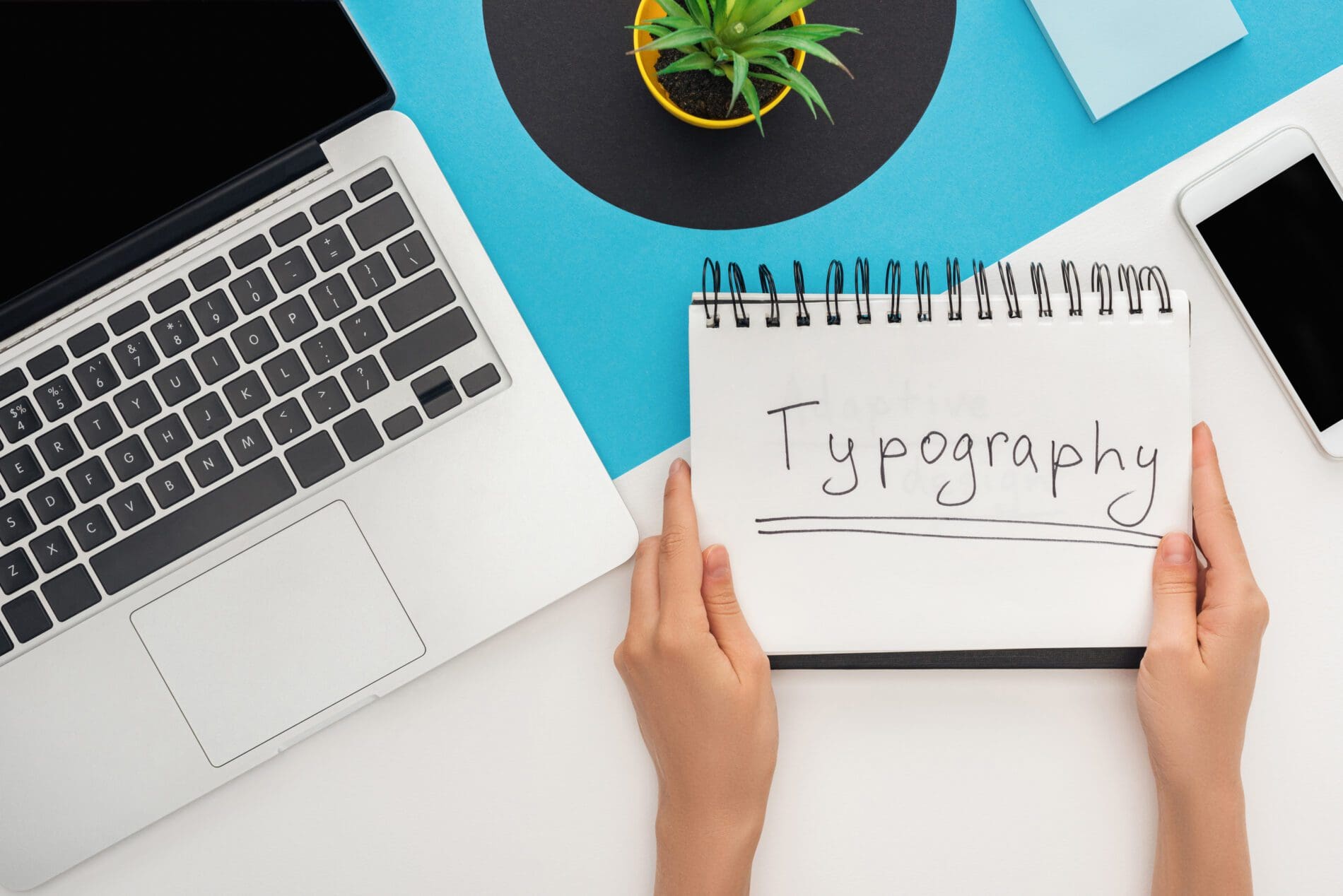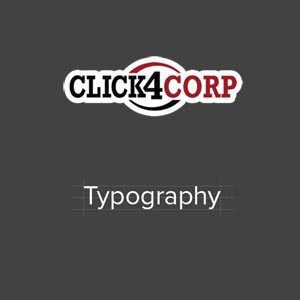
Flexible Typography &Amp; Emphasis On Type
In the fast-paced digital era, where a multitude of devices reign supreme, ensuring a seamless user experience across diverse screens has become more than just a preference—it’s a necessity. Responsive design stands as the linchpin, and within its core, the way text wraps and spans across the screen emerges as a critical element. This article undertakes a comprehensive exploration of the pivotal role played by flexible typography in maintaining consistent communication across an array of devices.
Flexible Typography: The Backbone of Responsive Design
Responsive design operates on the premise of adapting content to varying devices without compromising on meaning or presence. At the heart of this adaptability lies flexible typography. Media queries embedded in your code act as the architects of responsiveness, facilitating adjustments like altering font size based on the dimensions of the device screen. In the realm of CSS3, the introduction of viewport units takes center stage—these typographic units are relative to screen size, offering an avenue for enhancing the fluidity of type.
To elevate the dynamics further, JavaScript plugins come into play. FitText, BigText, FlowType, and SlabText stand as invaluable tools for ensuring responsive text. JavaScript’s versatility allows for a more nuanced and interactive experience for users and their devices.
In the realm of web design, the keyword “typography” becomes a guiding force. It’s not just about choosing fonts and adjusting sizes; it’s about crafting an intricate dance of letters that adapts seamlessly to various screens. Responsive typography, driven by media queries and enhanced by JavaScript plugins, ensures that the visual appeal of text remains intact across devices, emphasizing the importance of this keyword in the digital landscape.
Design Emphasis on Text: Crafting User Interaction
The design of a website exerts a profound influence on user interaction, with text playing a pivotal role in shaping the overall experience. Fonts and sizing become the silent conductors of this symphony. To maintain a seamless flow, the golden rule is to confine the use of fonts to a maximum of two on a single page. This deliberate simplicity aligns with contemporary design trends, particularly the rise of minimalism and flat design, creating an interface that is both visually pleasing and user-friendly.
Minimalism, with its emphasis on simplicity and decluttered interfaces, has become a hallmark of modern web design. Flat design, characterized by its two-dimensional aesthetic, complements minimalism, fostering an environment where users can engage effortlessly with the content. Straying from an excess of fonts aligns harmoniously with these design principles, ensuring a streamlined digital experience.
Fonts and their Personalities: The Art of Visual Communication
Fonts transcend their functional role as mere tools for displaying text—they possess distinct personalities. The choice of font becomes a strategic decision, capable of drawing attention to a subject and guiding the reader’s focus through the content. Size, font style, and emphasis, such as bolding, become not just design choices but powerful elements in directing the reader’s journey.
Certain fonts forge harmonious partnerships, contributing to a visually appealing and unified design. Considerations of readability, aesthetics, and the overall message conveyed by the content all come into play when selecting fonts. Platforms like Typecast provide a playground for designers and content creators to explore the diverse voices each font possesses, offering valuable insights into the art of visual communication.
Conclusion: Bridging Aesthetics and Functionality
In the ever-evolving digital landscape, where user interactions span across an array of devices, the significance of how text wraps and spans across the screen cannot be overstated. Responsive web design, anchored by flexible typography, becomes the linchpin for delivering an optimal user experience. Every detail, from the intricacies of flexible typography techniques to the thoughtful consideration of fonts, contributes to the creation of a digital space that resonates seamlessly across devices.
Balancing aesthetics and functionality becomes the key to unlocking the full potential of responsive design. As designers and developers navigate the complexities of the digital realm, the marriage of visual appeal and practicality ensures a cohesive and engaging interaction for users, making their journey through the digital landscape both seamless and enjoyable.

